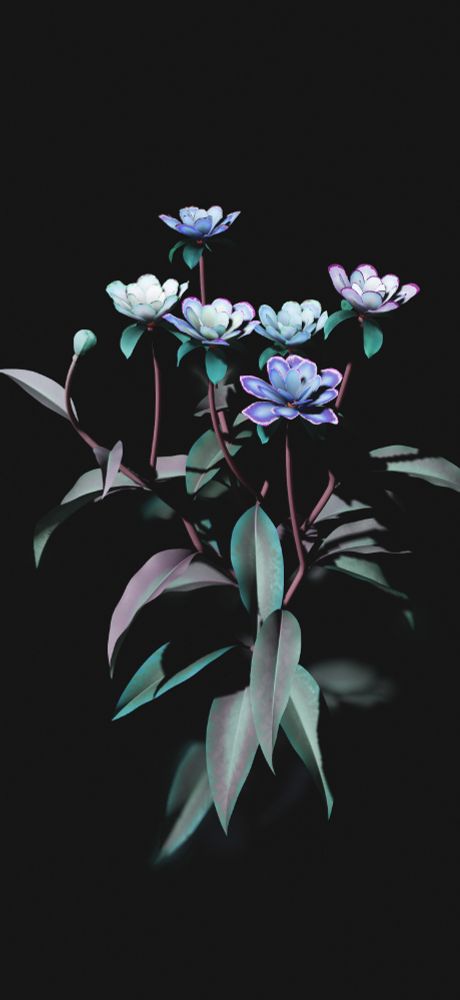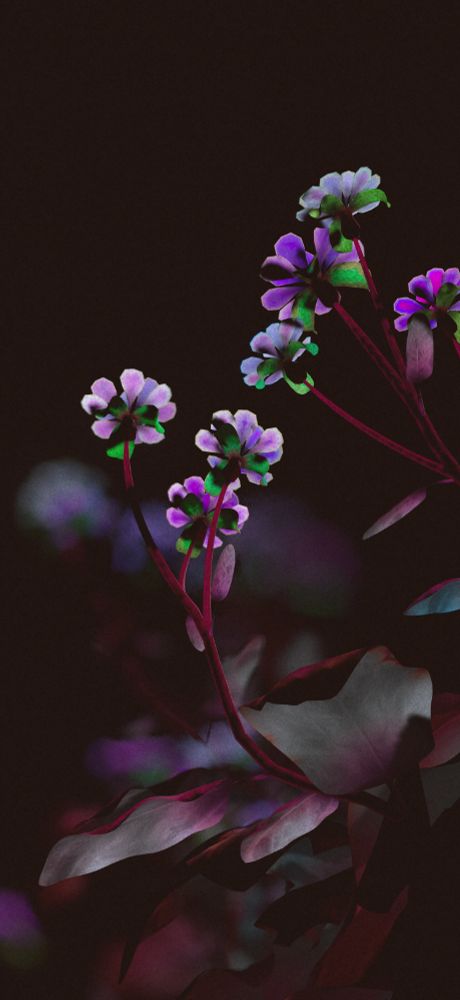



#flowers #mobilegame #sandbox #cozygame #gamedev
#flowers #mobilegame #cozygame #flowerlovers #homeplant #sandbox #simulationgames #subsurfacescattering




#flowers #mobilegame #cozygame #flowerlovers #homeplant #sandbox #simulationgames #subsurfacescattering
#screenshotsaturday #flowers #mobilegame #cozygame #flowerlovers #homeplant #sandbox #simulationgames #bee #honeybee
#screenshotsaturday #flowers #mobilegame #cozygame #flowerlovers #homeplant #sandbox #simulationgames #bee #honeybee
I’ve been improving the in-game ambient occlusion system - and ended up with something I call:
Blob-based Analytical Ambient Occlusion on Primitives
Here’s what it does to the final image:
(more examples later in the thread)
(1/16)


I’ve been improving the in-game ambient occlusion system - and ended up with something I call:
Blob-based Analytical Ambient Occlusion on Primitives
Here’s what it does to the final image:
(more examples later in the thread)
(1/16)
#florisium #flowers #nature #homeplants #cozygame #indiegame #screenshotsaturday

#florisium #flowers #nature #homeplants #cozygame #indiegame #screenshotsaturday
#florisium #flowers #nature #homeplants #cozygame #indiegame #screenshotsaturday

#florisium #flowers #nature #homeplants #cozygame #indiegame #screenshotsaturday
#florisium #flowers #nature #homeplants #cozygame #indiegame #screenshotsaturday

#florisium #flowers #nature #homeplants #cozygame #indiegame #screenshotsaturday
#florisium #flowers #nature #homeplants #cozygame #indiegame #screenshotsaturday
#florisium #flowers #nature #homeplants #cozygame #indiegame #screenshotsaturday
Music: Libeccio by Christo4us
(all shots are captured using the in-game video recorder)
#flowers #mobilegame #sandbox #cozygame #gamedev #plants #timelapse
Music: Libeccio by Christo4us
(all shots are captured using the in-game video recorder)
#flowers #mobilegame #sandbox #cozygame #gamedev #plants #timelapse
"Bloom under the Moon"
#flowers #mobilegame #sandbox #cozygame #gamedev




"Bloom under the Moon"
#flowers #mobilegame #sandbox #cozygame #gamedev
#flowers #mobilegame #sandbox #cozygame #gamedev



#flowers #mobilegame #sandbox #cozygame #gamedev
#flowers #mobilegame #cozygame #flowerlovers #homeplant #sandbox



#flowers #mobilegame #cozygame #flowerlovers #homeplant #sandbox

